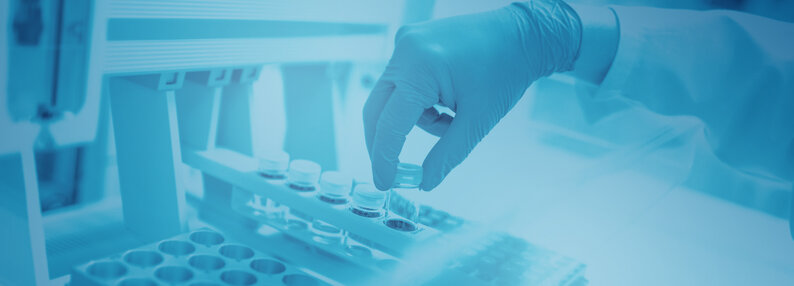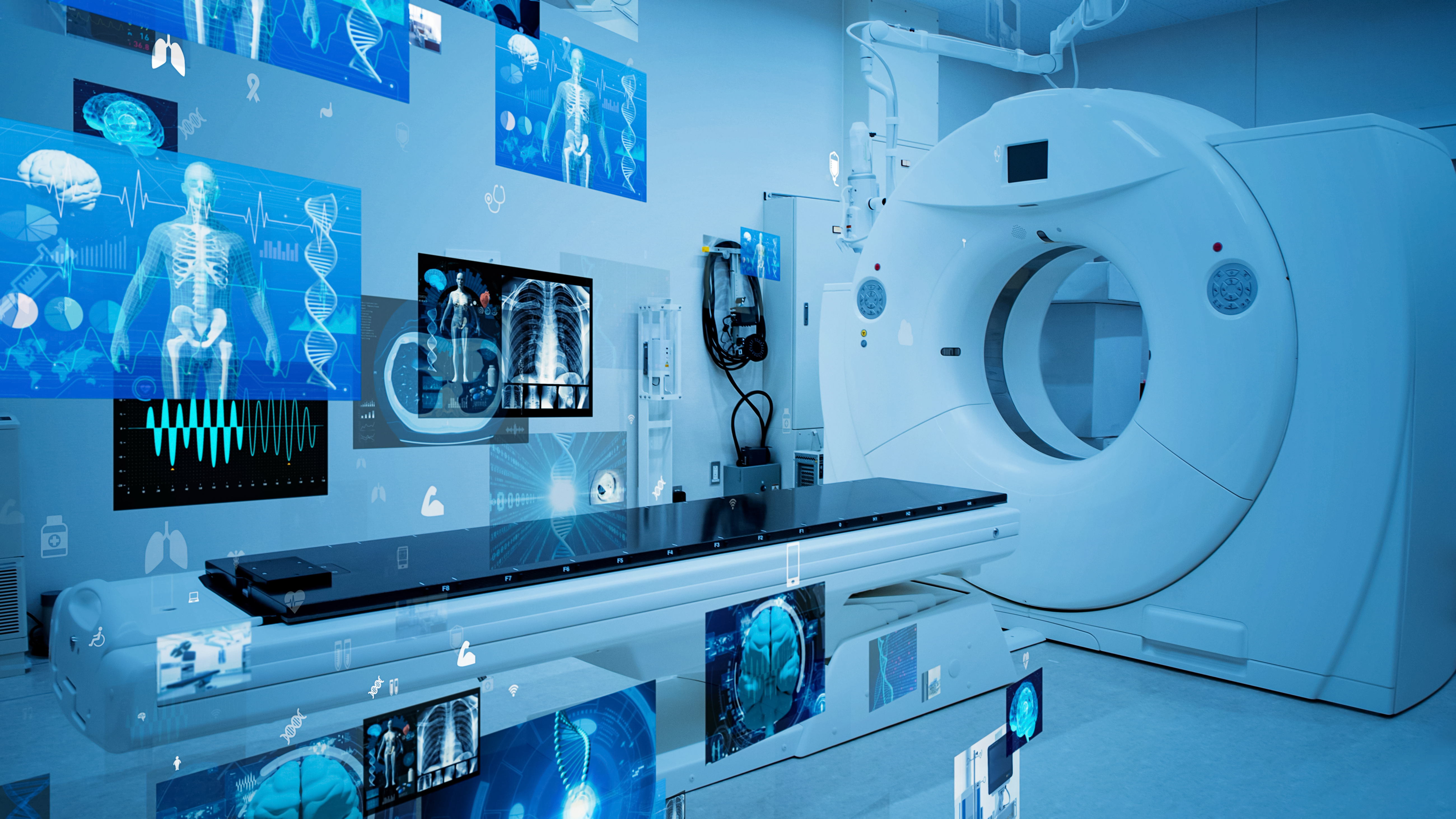

Innovation is the lifeblood of the healthcare sector and it is flourishing. In 2023, the US Food and Drug Administration (FDA) approved 55 new therapies, the second-highest approval rate in 30 years; our improving understanding of human biology and the drivers of disease are allowing the biopharmaceutical industry to produce novel, targeted strategies to address significant unmet medical needs. We are seeing this innovation across subsectors from infectious disease, neurological conditions and opioid abuse to cardiovascular disorders and respiratory diseases. 2023 also saw important breakthroughs for patients with rare diseases and cancers.
Innovation: Driving new product cycles
While it is important to recognise and applaud the terrific pace of innovation, it is also essential to focus on the commercial landscape. Obesity, atrial fibrillation (an irregular, often abnormally high, heart rate) and Alzheimer’s disease are all huge markets, but the medical breakthroughs in respiratory diseases are also significant. This is not just for a disease like Chronic Obstructive Pulmonary Disease (COPD, or smoker’s cough) but also for Respiratory Syncytial Virus (often referred to simply as RSV) which can impact both the elderly and new-born babies. It is worth noting that companies within our investible universe have direct exposure to addressing obesity (Eli Lilly and Zealand Pharma), Alzheimer’s disease (Eli Lilly), COPD (Sanofi) and RSV (Sanofi and Swedish Orphan Biovitrum).
| Obesity | Atrial Fibrillation | Alzheimer's Disease | Respiratory Disease |
 |  |  |  |
| Images: Adobe Stock. |
This is clearly not an exhaustive list, however these various examples highlight recent breakthroughs in areas where there is not only a high unmet need but also large, addressable markets.
Robots, artificial intelligence (AI) and machine learning (ML): Just the beginning
The field of robotic surgery has also been the beneficiary of material innovation recently. A new generation of surgical robots is more integrated, with improved design enabling better outcomes, more efficient processes and streamlining surgeons’ workflow. With significantly higher computing power and additional features such as haptic feedback (motion or vibration to simulate tactile experiences), the updated machines could drive greater penetration for many years to come.
On the back of these advancements and in light of technological progress particularly over the past two years, a key question for the healthcare industry now is: ‘How can AI and ML be used to make healthcare more productive?’. One area of healthcare that has embraced these technologies is diagnostics where AI and ML are starting to have an impact on accuracy and, more importantly, patient outcomes. An example here is a colonoscopy, a technique that remains the gold standard in detecting and preventing colorectal cancer. The current procedure has limitations, with some studies suggesting more than half of post-colonoscopy colon cancer cases arise from lesions missed at patients’ previous colonoscopies. Researchers at the Mayo Clinic are investigating how AI can be used to improve polyp detection. In the case of colon cancer, the AI system works alongside the physician in real time, scanning the colonoscopy video feed and drawing small, red boxes around polyps that might otherwise be overlooked.
 |
| Image: Adobe Stock. |
Oncology is another field adopting innovative AI solutions. AI software solutions are being introduced in imaging centres to enable more accurate screening for the three most prevalent cancers: breast, lung and prostate. With mammograms, AI technology is being used to automatically identify unusual lesions and assign a suspicion level to each finding. In the case of lung cancer, the objective is improved prognosis via a more efficient counting, measuring and segmentation of lesions. Finally, in the case of prostate cancer, faster and more accurate diagnoses of abnormalities could prove to be invaluable.
Far from arising as a result of AI-fuelled short-termism as may be seen in other parts of the market, these applications could unlock value within healthcare at a scale we have not seen before. The sheer step-change in accuracy, efficiency and long-term cost reduction presents meaningful potential for compounded progress over the coming years. Overall, this high degree of innovation, heightened levels of utilisation and attractive valuations in healthcare underpin our conviction that the sector will be an exciting investment opportunity in the second half of 2024 and beyond.
As we see it, new product cycles are joined by three other critical drivers for the sector, namely a supportive macroeconomic backdrop, strong procedure growth and positive stock market setup. After a challenging period of relative performance versus the broader market in 2023 there appears to be a disconnect between the healthcare sector’s fundamentals and investors’ appetite to engage. However, we believe we now have the four critical ingredients in place for a new bull market in healthcare.





